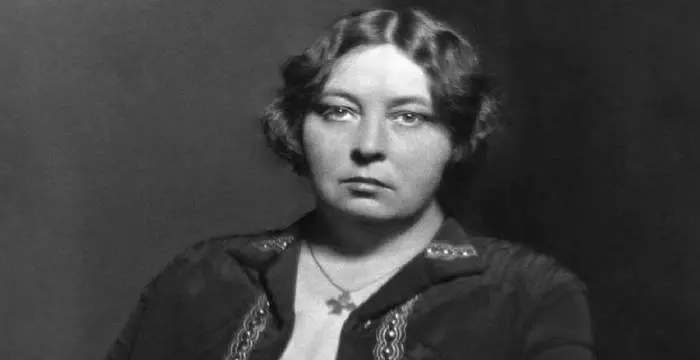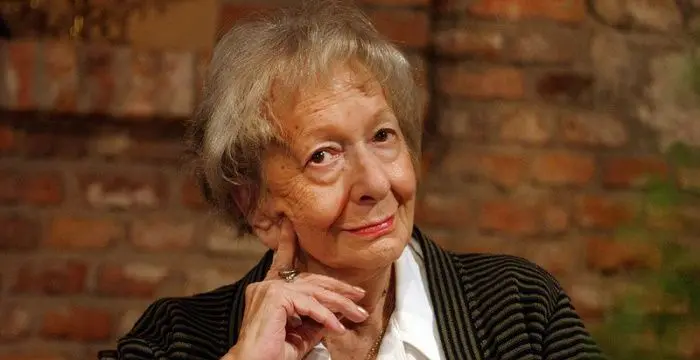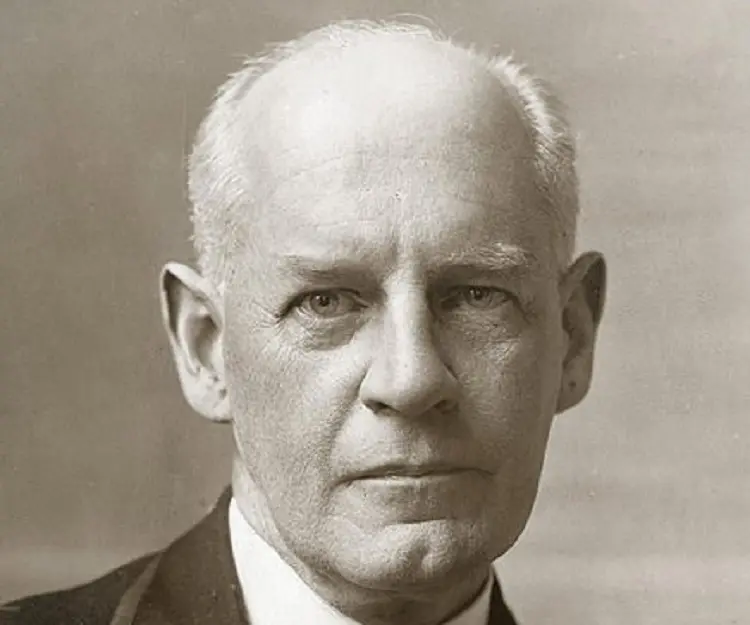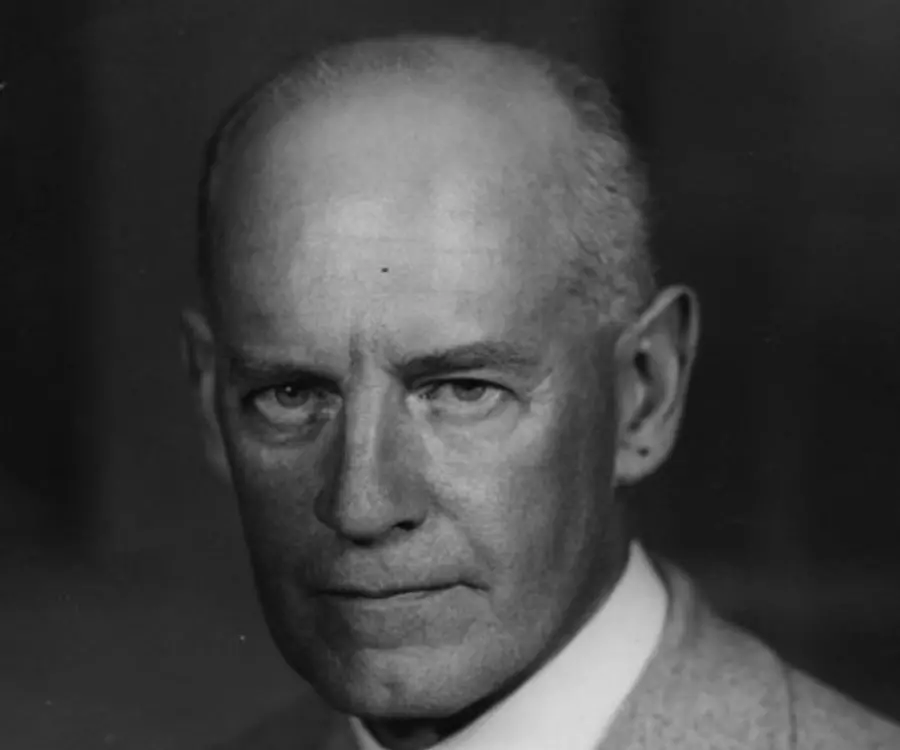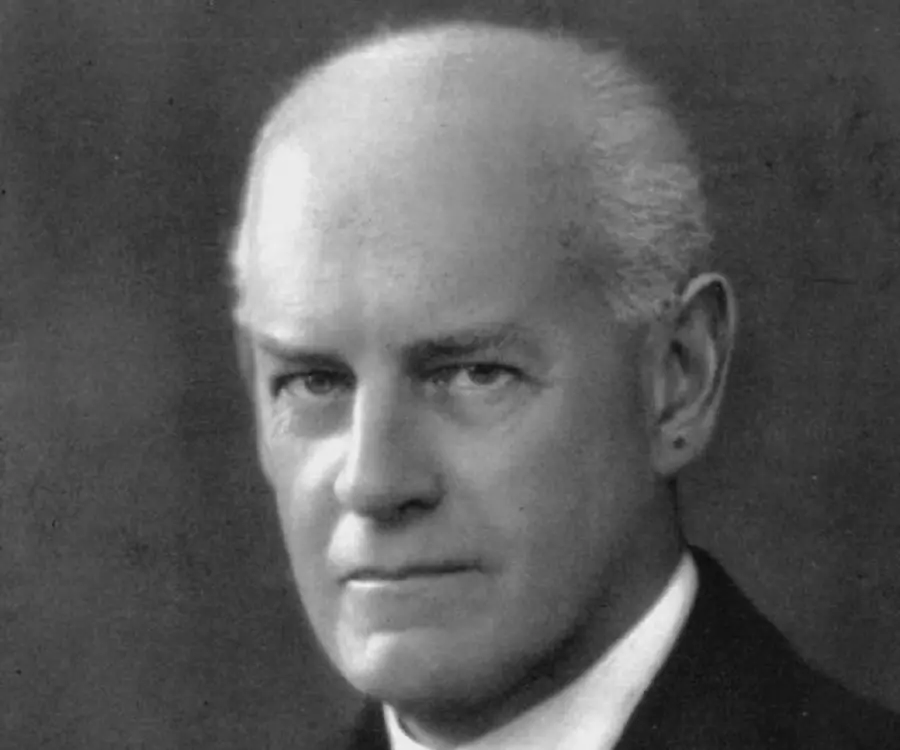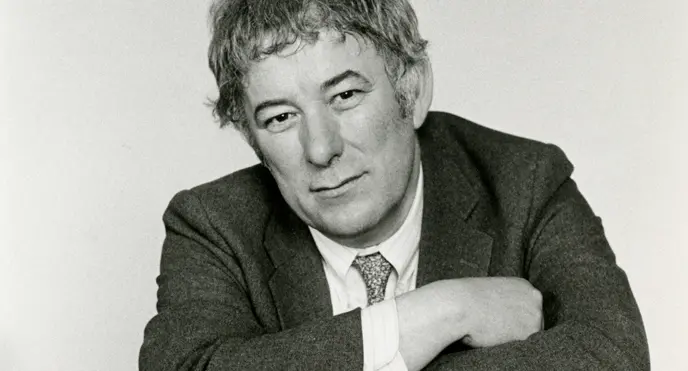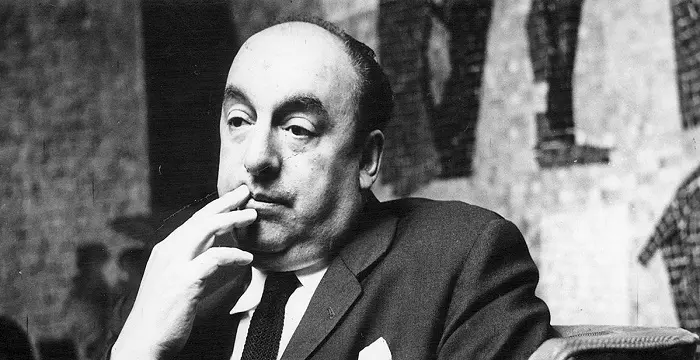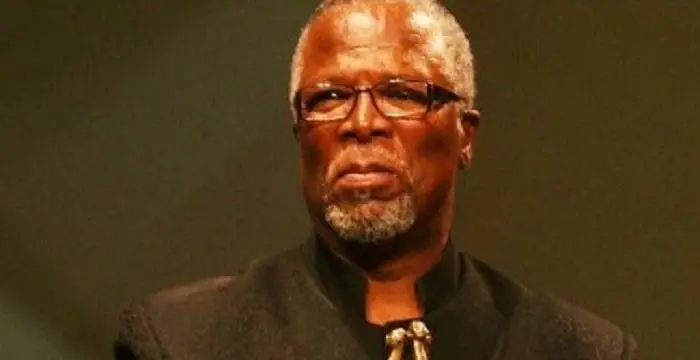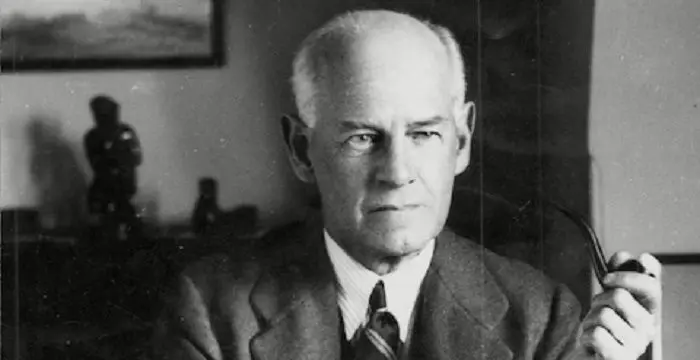
John Galsworthy - Nobel Laureate in Literature, Birthday and Family
John Galsworthy's Personal Details
John Galsworthy was an English novelist and playwright, who won Nobel Prize for Literature in 1932
| Information | Detail |
|---|---|
| Birthday | August 14, 1867 |
| Died on | January 31, 1933 |
| Nationality | American |
| Famous | Nobel Laureates In Literature, Writers, Novelists, Playwrights, Nobel Laureate in Literature |
| Spouses | Ada Pearson |
| Known as | John Sinjohn, John Galsworthy OM |
| Universities |
|
| Founder / Co-Founder |
|
| Birth Place | Kingston upon Thames |
| Gender | Male |
| Sun Sign | Leo |
| Born in | Kingston upon Thames |
| Famous as | Nobel Laureate in Literature |
| Died at Age | 65 |
// Famous Nobel Laureate in Literature
Sigrid Undset
Sigrid Undset was Norwegian novelist and a Nobel Prize winner. Check out this biography to know about her childhood, life, achievements, works & timeline.
Grazia Deledda
Grazia Deledda was a Nobel Prize winning Italian novelist and short story writer. Check out this biography to know about her childhood, life, achievements, works & timeline.
Wisława Szymborska
Wisława Szymborska was a Polish poet, essayist and translator who won the 1996 Nobel Prize in Literature. Check out this biography to know about her childhood, life, achievements, works & timeline.
John Galsworthy's photo
Who is John Galsworthy?
John Galsworthy was an English novelist and playwright, who won Nobel Prize for Literature in 1932. He came from a newly rich upper middle class commercial family. Trained as lawyer, he switched to writing as soon as his father died. Even before that he had penned four books under pseudonym. His works mainly dealt with the social class system prevalent at that time. He especially concentrated on the upper middle class to which his own family belonged. Although he treated his characters sympathetically, he highlighted their narrow-minded snobbishness and suffocating moral values. The acquisitive tendencies of this class were also projected by him as morally wrong. At the same time, he also campaigned for a variety of causes such as women’s right and animal protection through his writings. His play ‘Justice’ led to prison reforms. When in 1917, he was offered knighthood he rejected it saying writing was an author’s greatest reward. However, he later accepted Order of Merit and also the Nobel Prize. Although he was not at all gregarious by nature, he had a few close friends belonging to literary circle.
// Famous Nobel Laureates In Literature
Seamus Heaney
Nobel Laureate Seamus Heaney was an Irish poet, playwright and translator. Know about his profile, childhood, life and timeline in the biography below.
Jean-Paul Sartre
Jean-Paul Sartre was a great existentialist philosopher of the 20th century. Check out this biography to know about his childhood, family life, achievements and other facts related to his life.
Pablo Neruda
Pablo Neruda was a Chilean poet, politician and Nobel laureate. Go through this biography to learn more about his profile, childhood, life and timeline.
Childhood & Early Life
John Galsworthy was born on August 14, 1867, in Kingston Hill in a wealthy family. His ancestors came from Devonshire farming stock; but at the time of his birth, they had accumulated considerable property and also owned shipping business.
His father, also named John Galsworthy, was an established solicitor and company director in London. He was quite charming and young Galsworthy used to idolize him. His mother, Blanche Bailey Galsworthy, was very religious and at the same time very fussy.
Junior John Galsworthy was the eldest son of his parents. He started his education under the tutors at home and later was admitted to a preparatory school at Bournemouth at the age of nine. From there he went to Harrow, where he distinguished as an athlete.
After passing out from Harrow young John Galsworthy was admitted to New College, Oxford. In 1889, he passed out from there with a degree in jurisprudence.
In 1890, he was called to bar; but as he wanted to specialize in marine law he joined his family’s shipping business and spent time travelling around the world.
In course of these voyages, Galsworthy met Joseph Cornard, who later became a celebrated writer. The two would-be authors became close friends. Sometime now, Galsworthy also started penning short stories for his own pleasure.
From 1897 to 1901, Galsworthy published four works under the pseudonym John Sinjohn at his own cost. His first book, published in 1897, was a collection of short stories titled ‘From the Four Winds’. ‘Jocelyn’, published in 1888 was his first full novel. He then published ‘Villa Rubein’ in 1900 and ‘A Man of Devon’ in 1901.
Galsworthy’s father passed away in 1904. He now inherited his father’s estate and became financially independent. By now, he had also realized that he was not fit for making a living out of law. He therefore, gave up his legal career and decided to devote all his time to writing.
Career
In 1904, Galsworthy published his first novel under his own name. Titled ‘The Island Pharisees’, the story is about an unusual young man called Richard Shelton. Galsworthy considered this book to be one of his most important works.
Two years later in 1906, Galsworthy published his first play, ‘Silver Box’. It depicts how different standards of justice are applied to people belonging to different classes and how theft by a rich and a poor man attract different repercussion. It was much appreciated by the critics.
In 1906, he also published ‘Man of Property’, which was later included in his famous trilogy ‘The Forsyte Saga’. Through this work, Galsworthy launched a scathing attack on upper middle class families, to which he himself belonged.
He then continued writing a number of novels, short stories and plays. Although he is now more famous as a novelist, initially he was better known as a playwright. ‘Strife’, written in 1907, is one of his most successful plays. It portrays the confrontation of labour and capital.
Interestingly, ‘Strife’ was initially refused by several theatre managers. Ultimately, it opened on March 9, 1909 at Duke of York’s Theatre and received good reviews. By and by, it opened in other theatres and became very popular. The play has also been adapted for several television productions.
Through his dramas, Galsworthy tried to project different social grievances. His next play, ‘Justice’, enacted in 1910, was part of a campaign to reform prisons. It portrayed life inside the prison very realistically. The feeling it roused ultimately led to prison reforms.
When the World War I set in, Galsworthy tried to join military service; but was refused. So he joined a hospital in France as an orderly and continued writing.
In 1917, he was offered knighthood by Prime Minister David Lloyd George. However, he believed that a writer’s reward should come from writing and so he refused it. His plays continued to address social issues like women’s rights, class system and censorship.
In 1921, Galsworthy cofounded PEN International, an international club for authors and became its first president. He served in that capacity until 1932, after which the responsibility was taken over by H. G. Wells.
Major Works
John Galsworthy is best remembered for his trilogy ‘The Forsyte Saga’. First published under that name in 1922, it is actually a series of three novels and two interludes written between 1906 and 1921. These books chronicle the life of three generations in an upper middle class extended family, almost similar to his own.
’The Skin Game’ (1920) and ‘Loyalties (1922) are two of his best known plays. Among them, the former had been made into films twice in a decade. However, Galsworthy considered ‘Loyalties’ to be his best. In an interview, he had said that it was his only play, which he knew, no theater manager would refuse.
Awards & Achievements
In 1919, John Galsworthy received Belgian Palmes d'Or.
On June 3, 1929, he was awarded the Order of Merit by King George V of the United Kingdom. He was earlier offered knighthood but refused.
In 1932, John Galsworthy received the Nobel Prize in Literature. However, at that time he was too ill to receive the award in person and died within six weeks of it.
Personal Life & Legacy
A love affair between John Galsworthy and Ada Nemesis Pearson Cooper began in 1985. This was in spite of the fact that she was the wife of his first cousin Major Arthur Galsworthy. For ten years they met clandestinely in a farmhouse in Devon. It is said that Irene in ‘The Forsyte Saga’ was modeled after Ada.
The couple got married on September 23, 1905, after Ada’s divorce came through. They did not have any children and remained together till his death in 1933.
Towards the end of his life Galsworthy developed brain tumor and died on January 31, 1933 in his London home. His body was cremated and the ashes were scattered over the chalk hills of South Downs. A memorial was erected in his honor at the Highgate New Cemetery in North London.
Another memorial was sculpted by well-known artist Eric Gill and placed in the cloisters of his alma mater New College, Oxford.
In Kingston, a road and a hospital have been named after Galsworthy. The Kingston University has also dedicated a new building to his name.
Trivia
After Galsworthy’s death the popularity of his works began to decline. Interest in his literary works renewed once more when in 1967, the television adaption of his ‘The Forsyte Saga’ by BBC became highly successful.
// Famous Playwrights
Tennessee Williams
Tennessee Williams was one of the greatest playwrights of the 20th century. This biography of Tennessee Williams provides detailed information about his childhood, life, achievements, works and timeline.
John Kani
John Kani is a South African actor, voice actor, playwright and director. Check out this biography to know about his birthday, childhood, family life, achievements and fun facts about him.
Samuel Beckett
Samuel Beckett was an Irish playwright, novelist, theatre director and poet. This biography profiles his childhood, life, works, achievements and timeline
John Galsworthy's awards
| Year | Name | Award |
|---|---|---|
Other | ||
| 0 | Nobel Prize in Literature | |
John Galsworthy biography timelines
- // 14th Aug 1867John Galsworthy was born on August 14, 1867, in Kingston Hill in a wealthy family. His ancestors came from Devonshire farming stock; but at the time of his birth, they had accumulated considerable property and also owned shipping business.
- // 1889After passing out from Harrow young John Galsworthy was admitted to New College, Oxford. In 1889, he passed out from there with a degree in jurisprudence.
- // 1890In 1890, he was called to bar; but as he wanted to specialize in marine law he joined his family’s shipping business and spent time travelling around the world.
- // 1904Galsworthy’s father passed away in 1904. He now inherited his father’s estate and became financially independent. By now, he had also realized that he was not fit for making a living out of law. He therefore, gave up his legal career and decided to devote all his time to writing.
- // 1904In 1904, Galsworthy published his first novel under his own name. Titled ‘The Island Pharisees’, the story is about an unusual young man called Richard Shelton. Galsworthy considered this book to be one of his most important works.
- // 23rd Sep 1905 To 1933The couple got married on September 23, 1905, after Ada’s divorce came through. They did not have any children and remained together till his death in 1933.
- // 1906Two years later in 1906, Galsworthy published his first play, ‘Silver Box’. It depicts how different standards of justice are applied to people belonging to different classes and how theft by a rich and a poor man attract different repercussion. It was much appreciated by the critics.
- // 1906In 1906, he also published ‘Man of Property’, which was later included in his famous trilogy ‘The Forsyte Saga’. Through this work, Galsworthy launched a scathing attack on upper middle class families, to which he himself belonged.
- // 1907He then continued writing a number of novels, short stories and plays. Although he is now more famous as a novelist, initially he was better known as a playwright. ‘Strife’, written in 1907, is one of his most successful plays. It portrays the confrontation of labour and capital.
- // 9th Mar 1909Interestingly, ‘Strife’ was initially refused by several theatre managers. Ultimately, it opened on March 9, 1909 at Duke of York’s Theatre and received good reviews. By and by, it opened in other theatres and became very popular. The play has also been adapted for several television productions.
- // 1910Through his dramas, Galsworthy tried to project different social grievances. His next play, ‘Justice’, enacted in 1910, was part of a campaign to reform prisons. It portrayed life inside the prison very realistically. The feeling it roused ultimately led to prison reforms.
- // 1917In 1917, he was offered knighthood by Prime Minister David Lloyd George. However, he believed that a writer’s reward should come from writing and so he refused it. His plays continued to address social issues like women’s rights, class system and censorship.
- // 1919In 1919, John Galsworthy received Belgian Palmes d'Or.
- // 1920 To 1922’The Skin Game’ (1920) and ‘Loyalties (1922) are two of his best known plays. Among them, the former had been made into films twice in a decade. However, Galsworthy considered ‘Loyalties’ to be his best. In an interview, he had said that it was his only play, which he knew, no theater manager would refuse.
- // 1921 To 1932In 1921, Galsworthy cofounded PEN International, an international club for authors and became its first president. He served in that capacity until 1932, after which the responsibility was taken over by H. G. Wells.
- // 3rd Jun 1929On June 3, 1929, he was awarded the Order of Merit by King George V of the United Kingdom. He was earlier offered knighthood but refused.
- // 1932In 1932, John Galsworthy received the Nobel Prize in Literature. However, at that time he was too ill to receive the award in person and died within six weeks of it.
- // 31st Jan 1933Towards the end of his life Galsworthy developed brain tumor and died on January 31, 1933 in his London home. His body was cremated and the ashes were scattered over the chalk hills of South Downs. A memorial was erected in his honor at the Highgate New Cemetery in North London.
- // 1967After Galsworthy’s death the popularity of his works began to decline. Interest in his literary works renewed once more when in 1967, the television adaption of his ‘The Forsyte Saga’ by BBC became highly successful.
- // 1985A love affair between John Galsworthy and Ada Nemesis Pearson Cooper began in 1985. This was in spite of the fact that she was the wife of his first cousin Major Arthur Galsworthy. For ten years they met clandestinely in a farmhouse in Devon. It is said that Irene in ‘The Forsyte Saga’ was modeled after Ada.
// Famous Writers
Joyce Meyer
Joyce Meyer is a Christian author and speaker. This biography provides detailed information about her childhood, life, achievements, works & timeline
Temple Grandin
Temple Grandin is a well-known American writer, autistic activist and animal expert. This biography profiles her childhood, life, achievements, career and timeline
Tennessee Williams
Tennessee Williams was one of the greatest playwrights of the 20th century. This biography of Tennessee Williams provides detailed information about his childhood, life, achievements, works and timeline.
Charles Bukowski
Charles Bukowski was a German-born American novelist, short story writer and poet. With this biography, learn in details about his childhood, life, works, career and timeline
Susan Sontag
Susan Sontag is an American critical essayist, cultural analyst, novelist, political activist, filmmaker and playwright of international repute. Read on to find out more about her childhood, career, profile and timeline.
Suze Orman
Suze Orman is an American television host, financial advisor, author and motivational speaker, famous for her ‘The Suze Orman Show’ on CNBC. This biography profiles her childhood, life, career, works, achievements and timeline.
John Galsworthy's FAQ
What is John Galsworthy birthday?
John Galsworthy was born at 1867-08-14
When was John Galsworthy died?
John Galsworthy was died at 1933-01-31
Where was John Galsworthy died?
John Galsworthy was died in Hampstead
Which age was John Galsworthy died?
John Galsworthy was died at age 65
Where is John Galsworthy's birth place?
John Galsworthy was born in Kingston upon Thames
What is John Galsworthy nationalities?
John Galsworthy's nationalities is American
Who is John Galsworthy spouses?
John Galsworthy's spouses is Ada Pearson
What was John Galsworthy universities?
John Galsworthy studied at Harrow School, University of Oxford, New College, Oxford
Which company or organization was founded by John Galsworthy?
John Galsworthy was the founder/co-founder of PEN American Center, PEN International
What is John Galsworthy's sun sign?
John Galsworthy is Leo
How famous is John Galsworthy?
John Galsworthy is famouse as Nobel Laureate in Literature
